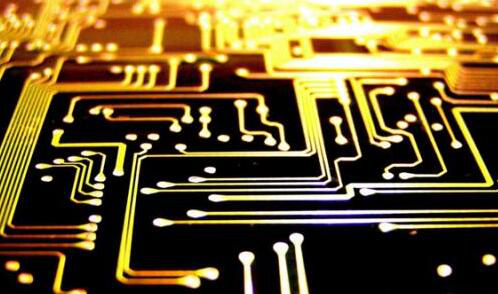
Explanation of 10 Basic Theoretical Problems of Electromagnetic Compatibility Design
“Explanation of 10 Basic Theoretical Problems of Electromagnetic Compatibility Design
“
1. Why do electromagnetic compatibility design for products?
Answer: To meet the functional requirements of the product, reduce the debugging time, make the product meet the requirements of the electromagnetic compatibility standard, so that the product will not cause electromagnetic interference to other equipment in the system.
2. In which aspects can the electromagnetic compatibility design of the product be carried out?
Answer: circuit design (including device selection), software design, circuit board design, shielding structure, signal line/power line filtering, circuit grounding design.
3. In the field of electromagnetic compatibility, why is it always described in decibels (dB)?
Answer: Because the amplitude and frequency range to be described are very wide, it is easier to express on the graph with logarithmic coordinates, and dB is the unit when expressed in logarithm.
4. Why can’t the spectrum analyzer observe transient disturbances such as electrostatic discharge?
Answer: Because the spectrum analyzer is a narrowband swept frequency receiver, it only receives energy in a certain frequency range at a certain time. However, transient interference such as electrostatic discharge is a kind of pulse interference, which has a wide spectrum range but a short time, so what the spectrum analyzer observes when the transient interference occurs is only a small part of its total energy, which cannot reflect the actual of interference.

5. When diagnosing electromagnetic interference problems in the field, it is often necessary to use a near-field probe and a spectrum analyzer. How to make a simple near-field probe with a coaxial cable?
Answer: Strip the outer layer (shield layer) of the coaxial cable to expose the core wire, wind the core wire into a small ring (1~3 turns) with a diameter of 1~2 cm, and weld it on the outer layer.
6. Measuring the biomagnetic information of the human body is a new medical diagnosis method. This biomagnetic measurement must be carried out in a magnetic field shielding room. This shielding room must be able to shield the alternating electromagnetic field from static magnetic field to 1GHz. Please propose this Shielded room design.
A: First consider the selection of shielding materials. Since the magnetic field with very low frequency needs to be shielded, materials with high magnetic permeability, such as permalloy, should be used. Since the permeability of permalloy is reduced after processing, it must be heat treated. Therefore, the shielding room should be made into an assembled type, which is assembled from plates. Each plate is processed according to the design in advance, then heat treated, transported to the site, and installed with great care. The joints of each sheet are overlapped to form a continuous magnetic path. The shielding room constructed in this way can have better shielding effect on the low-frequency magnetic field, but the gap will produce high-frequency leakage. In order to make up for this deficiency, the outer layer of the permalloy shielding room is welded with an aluminum plate to form a second layer of shielding to shield the high-frequency electromagnetic field.
7. When designing a shielded enclosure, what factors should be used to select shielding materials?
Answer: From the perspective of electromagnetic shielding, the type of electric field wave to be shielded should be considered. For electric field waves, plane waves or magnetic field waves with higher frequencies, generally metals can meet the requirements. For low frequency magnetic field waves, materials with higher magnetic permeability should be used.
8. In addition to the shielding material, what other factors affect the shielding effectiveness of the chassis?
Answer: Affected by two factors, one is the conductive discontinuities on the chassis, such as holes, gaps, etc.; the other is the wires passing through the shielding box, such as signal cables, power lines, etc.
9. What should be paid attention to when shielding the magnetic field radiation source?
Answer: Because the wave impedance of the magnetic field wave is very low, the reflection loss is very small, and the shielding purpose is mainly achieved by the absorption loss. Therefore, a shielding material with higher magnetic permeability should be selected. In addition, when doing structural design, the shielding layer should be kept as far away as possible from the radiation source (to increase the reflection loss), and holes, gaps, etc. should be avoided as close to the radiation source as possible.
10. When designing the shielding structure, there is a principle: try to keep the cables in the chassis away from gaps and holes. Why?
Answer: Since there is always a magnetic field near the cable, the magnetic field can easily leak from the hole (regardless of the frequency of the magnetic field). Therefore, when the cable is in close proximity to gaps and holes, magnetic field leakage can occur, reducing the overall shielding effectiveness.
The Links: MCC95-16IO1B LRUGB6361A



